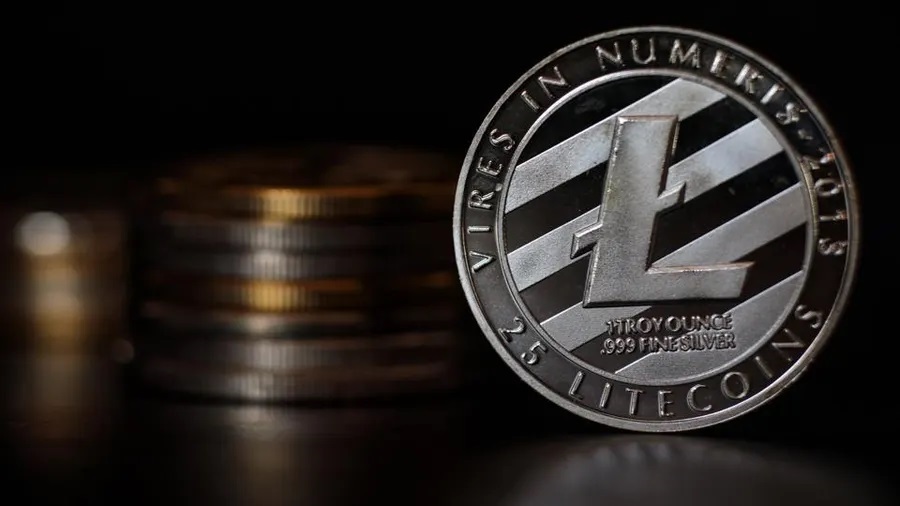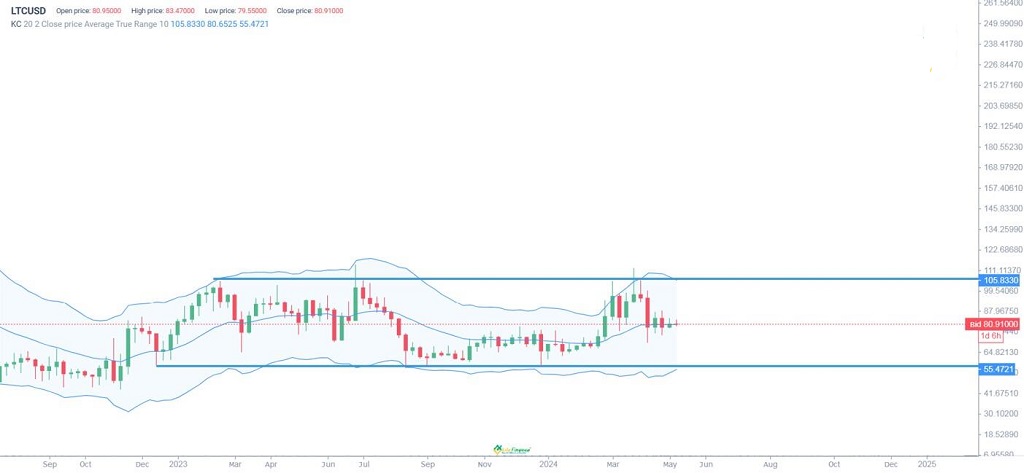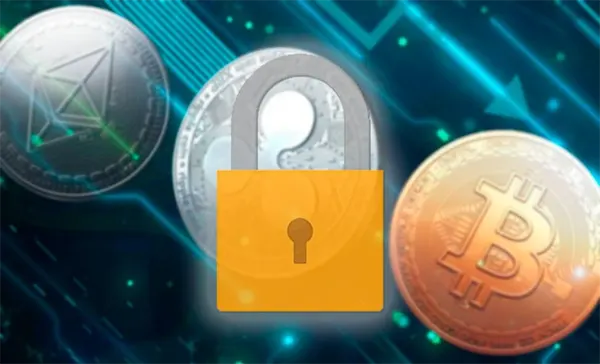
Litecoin: Review of the Cryptocurrency’s Performance and Investment Potential
In the world of cryptocurrencies, Litecoin holds a significant place as one of the earliest and most enduring altcoins. Launched as a complementary digital currency to Bitcoin, Litecoin offers a faster transaction speed and lower fees, making it a strong contender in the ever-evolving crypto market. This article dives deep into the key aspects of Litecoin, covering its origins, underlying technology, exchange listings, stability, and investment potential.
What Kind of Currency Is Litecoin and When Did It Appear?
Litecoin was introduced in October 2011 by Charlie Lee, a former Google engineer, as a fork of the Bitcoin Core client. The primary goal of Litecoin was to address some of Bitcoin’s shortcomings, particularly in terms of transaction speed and cost. Often referred to as the “silver” to Bitcoin’s “gold,” Litecoin is designed to complement Bitcoin as a digital currency used for everyday transactions.
One of the main reasons for Litecoin’s popularity is its faster block generation time, which is around 2.5 minutes, compared to Bitcoin’s 10 minutes. This enables quicker transaction confirmations. Litecoin also has a supply cap of 84 million coins, four times that of Bitcoin, which makes it more accessible in terms of overall availability. Since its inception, Litecoin has remained a top choice for cryptocurrency enthusiasts due to its reliability, security, and scalability.
What Technology Is Litecoin Based On?
Like Bitcoin, Litecoin operates on a decentralized, open-source blockchain technology. The key differentiating factor is its use of the Scrypt algorithm, which makes mining Litecoin more accessible to a broader range of users. Scrypt was chosen to prevent the dominance of specialized hardware known as ASICs, which monopolized Bitcoin mining early on. This approach democratizes mining and allows more individuals to participate in securing the network.
In addition to Scrypt, Litecoin has implemented Segregated Witness (SegWit) and the Lightning Network. SegWit improves the scalability of the network by separating transaction signatures from the transaction data, allowing for more transactions per block. The Lightning Network enhances Litecoin’s transaction speed by enabling off-chain transactions, which are later settled on the main chain. This combination of technologies makes Litecoin a more efficient and scalable digital currency, suitable for microtransactions and everyday use.
What Major Exchanges Is Litecoin Listed On?
Litecoin is listed on most major cryptocurrency exchanges, making it one of the most accessible digital currencies in the market. Popular exchanges such as Binance, Coinbase, and Kraken offer Litecoin trading pairs with fiat currencies and other cryptocurrencies. Coinbase, one of the largest and most user-friendly platforms, supports Litecoin, enabling easy purchase, sale, and trading for both beginners and experienced investors.
Other exchanges like Kraken, which offers advanced trading tools, also support Litecoin. Kraken provides multiple fiat pairings such as LTC/USD, LTC/EUR, and LTC/GBP, offering flexibility for international traders. Additionally, Binance, the world’s largest exchange by trading volume, lists Litecoin among its vast array of cryptocurrencies, with trading pairs that include LTC/BTC, LTC/USDT, and LTC/BNB.

How Stable Is Litecoin?
Cryptocurrency markets are notoriously volatile, and Litecoin is no exception. However, compared to many newer altcoins, Litecoin has shown relatively stable performance over the years. The coin benefits from having a longer track record, a strong developer community, and continuous updates that enhance its functionality.
Litecoin’s price stability is bolstered by its integration with key technologies like SegWit and the Lightning Network. These improvements make Litecoin more versatile, supporting a range of transaction types from microtransactions to larger payments. Despite periodic price fluctuations, Litecoin has consistently been among the top cryptocurrencies by market capitalization.
That said, like all cryptocurrencies, Litecoin is still subject to broader market forces, including regulatory news, investor sentiment, and macroeconomic trends. Therefore, while Litecoin is considered relatively stable, it is still important to consider the inherent volatility of the crypto market.
Is It Worth Investing in Litecoin?
Whether or not to invest in Litecoin depends largely on your investment goals and risk tolerance. Litecoin’s long-standing presence in the market, combined with its solid technological foundation, makes it a promising investment for those looking for stability and potential growth. Unlike newer, less-proven cryptocurrencies, Litecoin has withstood the test of time and continues to evolve with market demands.
However, as with any investment in the cryptocurrency space, risks are involved. Investors should be prepared for price volatility and should not invest more than they are willing to lose. Litecoin is a sound choice for those looking to diversify their crypto portfolio, especially when paired with more established assets like Bitcoin and Ethereum.
In conclusion, Litecoin offers a balanced combination of speed, scalability, and accessibility, making it a strong contender in the world of digital currencies. For investors seeking long-term potential with relatively lower risk, Litecoin remains a compelling option.
Popular articles
-
 Cryptocurrency Bridges: Key Risks, Major Hacks and the Future of Cr...
Cryptocurrency Bridges: Key Risks, Major Hacks and the Future of Cr...Cryptocurrency bridges have become a critical component of the modern …
-
 Risks 2025: Quantum Computers, Cryptocurrency Security and Whether ...
Risks 2025: Quantum Computers, Cryptocurrency Security and Whether ...Rapid progress in quantum technologies raises understandable concerns within the …
